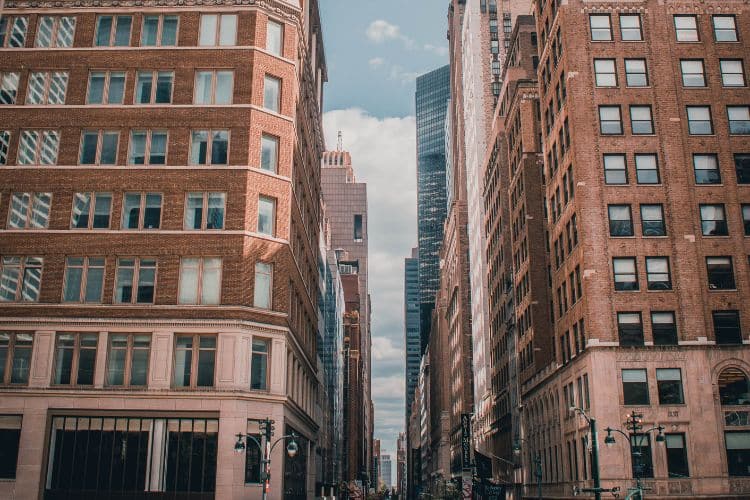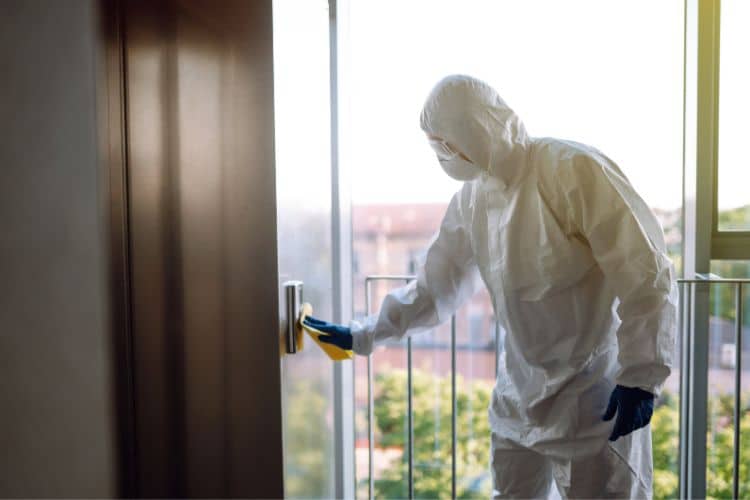The management of mold in historical buildings presents unique challenges. These structures not only hold significant cultural and architectural value but also often harbor conditions conducive to mold growth. This article explores the complexities of mold remediation in historical buildings, balancing the need for preservation with effective mold management.
Mold Remediation in Historical Buildings: A Delicate Balance
Historical buildings require a careful approach to mold remediation, respecting their structural integrity and historical significance. Using harsh chemicals or invasive techniques can cause irreparable damage to antique materials and historical features. Hence, a tailored approach, integrating modern technology and traditional preservation methods, is essential.

Advanced Detection in Historical Structures
Early detection plays a pivotal role in managing mold in historical buildings. Non-invasive technologies like thermal imaging are invaluable in identifying moisture without damaging delicate structures. These methods allow for precise identification of problem areas, facilitating targeted interventions.
Table: Strategies for Mold Management in Historical Buildings
| Strategy | Description | Importance |
|---|---|---|
| Non-Invasive Detection | Utilizes thermal imaging and other advanced techniques for early mold detection. | Prevents damage to historical materials during the detection process. |
| AI-Driven Analysis | Employs AI to analyze environmental data specific to historical buildings. | Enhances understanding of mold growth patterns and predicts future issues. |
| Eco-Friendly Remediation | Involves gentle, non-toxic methods for mold removal, like HEPA vacuuming and natural agents. | Preserves building materials and internal air quality. |
| Humidity and Climate Control | Implements advanced climate control systems to manage indoor humidity levels. | Prevents mold growth by maintaining optimal environmental conditions. |
| Training and Education | Provides specialized training for professionals in the nuances of historical preservation and mold remediation. | Ensures that remediation efforts are respectful of historical integrity. |
AI-Driven Environmental Analysis
AI technology can play a crucial role in understanding the unique environmental conditions of historical buildings. By analyzing data on humidity, temperature, and material composition, AI systems can help predict and prevent mold growth, tailored to the specific needs of each structure.
Eco-Friendly Remediation Methods
Given the sensitivity of historical materials, eco-friendly remediation methods are more appropriate than traditional chemical treatments. Techniques like HEPA vacuuming, and the use of natural cleaning agents like vinegar or baking soda, offer effective mold removal while preserving the integrity of historical materials.
Humidity and Climate Control
Effective climate control is critical in preventing mold growth in historical buildings. Advanced systems that regulate humidity and temperature help maintain an environment less conducive to mold, safeguarding both the structure and its historical artifacts.
Specialized Training for Remediation Professionals
Professionals working in historical buildings require specialized training. This training should cover not only modern mold remediation techniques but also the principles of historical preservation, ensuring that all interventions are carried out with the utmost respect for the building’s heritage.
Conclusion
Mold management in historical buildings is a complex but crucial task. It requires a harmonious blend of advanced technology, eco-friendly practices, and a deep understanding of historical preservation. By employing these strategies, we can protect these invaluable structures from the damages of mold while preserving their historical legacy for future generations.




